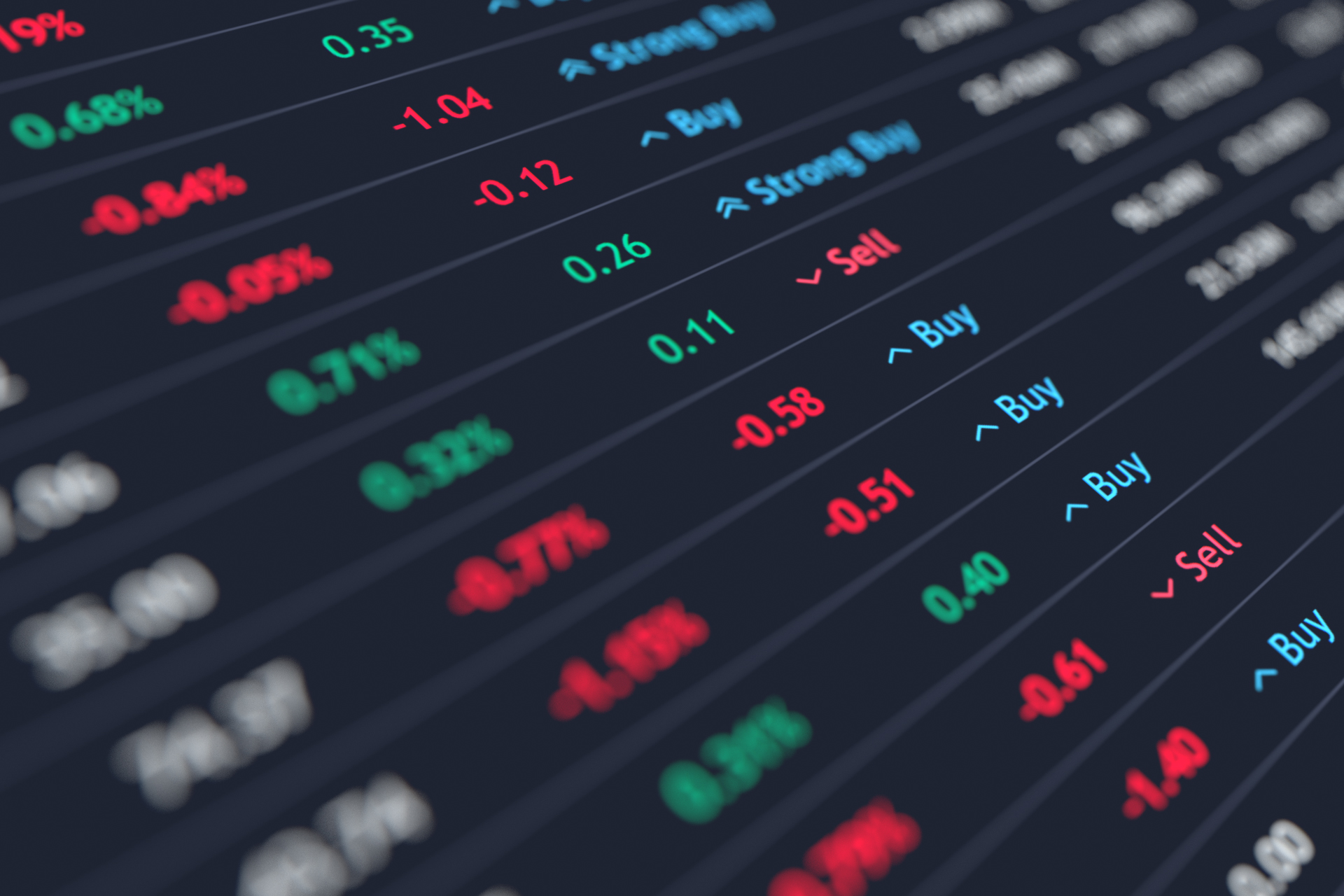In our modern world, we constantly navigate a sea of information and opinions. Finding a clear signal can be a challenge, whether we are making decisions about our finances or simply trying to understand current events.
We sift through expert analyses, news reports, and social media, often ending up more confused than when we started.

Imagine a system specifically designed to filter this noise by harnessing collective knowledge to produce a single, clear forecast. This is the core function of prediction markets.
This article offers a straightforward explanation of what prediction markets are and how they function. For those interested in exploring and comparing specific platforms, in-depth guides and reviews can provide further clarity at betstamp.com.
We will cover the foundational definition, the mechanics behind their operation, common real-world examples, and the critical question of their legality.
What Are Prediction Markets?
At its simplest, a prediction market is a platform where people can trade contracts based on the outcomes of future events. These markets operate on the principle of “the wisdom of the crowd,” where the collective judgment of participants can, in many cases, be more accurate than the forecast of any single expert.
Think of it like a stock market, but for events instead of companies. Just as a stock price reflects a company’s perceived value, the price of an event contract indicates the crowd’s aggregated belief in the probability of that outcome.
A contract priced at $0.60, for example, suggests the market believes there is a 60% chance of that event occurring. This price, a direct reflection of supply and demand, serves as a real-time probability forecast.
How Do Prediction Markets Work?
The process is designed to be straightforward. A user buys “shares” in a specific outcome—for example, “Candidate A will win the election.”
The value of these shares fluctuates as new information emerges and public opinion shifts. This dynamic pricing mechanism is the engine of the market.
If participants believe an outcome has become more likely, they buy more shares, driving its price up. Conversely, if it seems less likely, they sell, and the price falls. When the event occurs, contracts for the correct outcome typically pay out at a fixed value (e.g., $1.00), while contracts for the incorrect outcome become worthless.
This financial incentive encourages participants to contribute their most accurate information and analysis, effectively aggregating knowledge into a single forecast.
Common Examples of Prediction Markets in Action
These markets are not just theoretical exercises; they have practical applications across numerous fields and have demonstrated a strong track record of accuracy. Their applications provide valuable, real-time insights into what the future might hold.
- Politics: Forecasting election results, from presidential races to the passage of specific legislation.
- Finance: Predicting whether a company will meet its quarterly earnings target or if a central bank will adjust interest rates.
- Sports: Wagering on which team will win a championship or the outcome of an individual game.
- Current Events: Gauging the probability of outcomes like a movie’s opening weekend box office success or a major policy announcement.

Are Prediction Markets Legal?
The legality of prediction markets is a crucial question for any potential participant. The answer depends heavily on your jurisdiction and the specific market’s structure, making it an area where caution is essential.
In the United States, for instance, some markets are regulated by the Commodity Futures Trading Commission (CFTC) and must operate under strict guidelines to be legally accessible. Others, particularly those based on cryptocurrency and blockchain technology, may operate in less regulated spaces.
Because rules and classifications vary significantly by region, it is imperative for users to research and understand the laws in their specific location before participating in any market.
